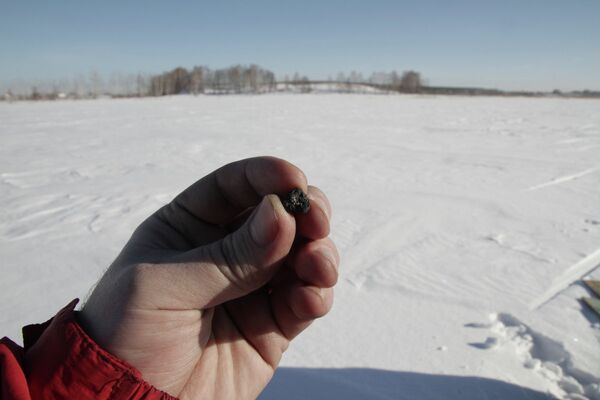“We have just completed the study, we confirm that the particulate matters, found by our expedition in the area of Lake Chebarkul indeed have meteorite nature,” Viktor Grohovsky of the Urals Federal University said.
“This meteorite is an ordinary chondrite, it is a stony meteorite which contains some 10 percent of iron. It is most likely to be named Chebarkul meteorite,” Grohovsky said.
NASA estimates the Russian meteorite was roughly 50 feet (15 meters) in diameter when it struck Earth's atmosphere on Friday, travelling faster than the speed of sound, and exploded into a fireball brighter than the sun.
A flaming meteorite streaked across the sky and slammed into Russia’s Urals with a massive boom that blew out windows and damaged thousands of buildings around the city of Chelyabinsk, injuring 1,200 people in the area. According to the Health Ministry, 52 were hospitalized.
The rare and spectacular phenomenon sparked confusion and panic among residents of the region and was captured by numerous witnesses on video that quickly spread to television and computer screens around the world.


